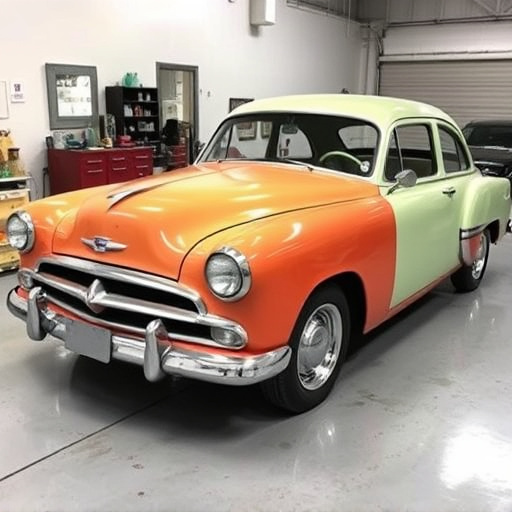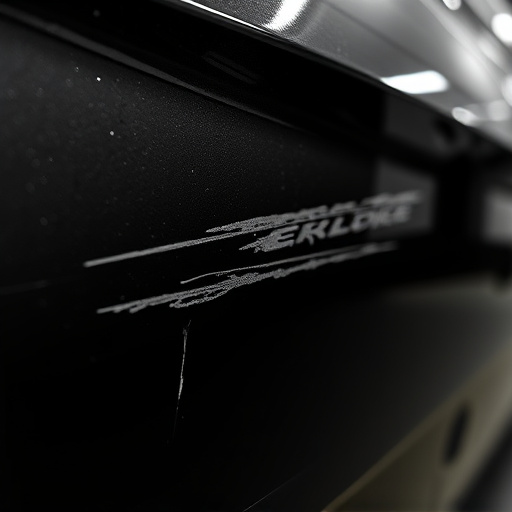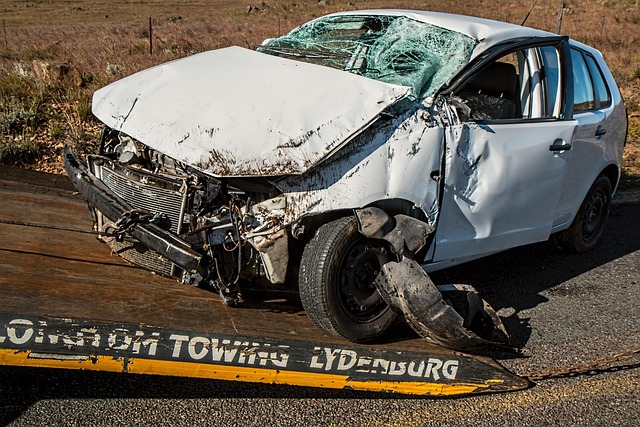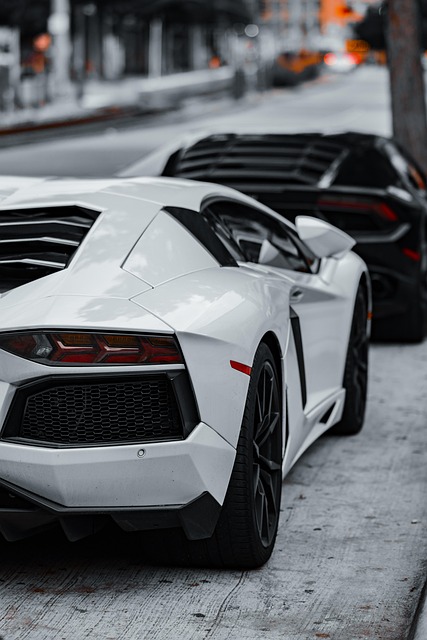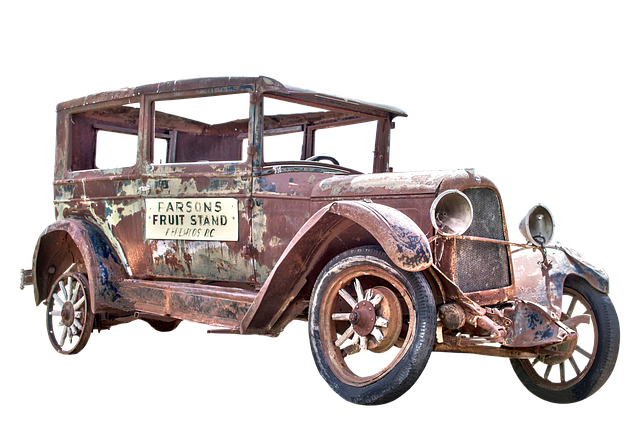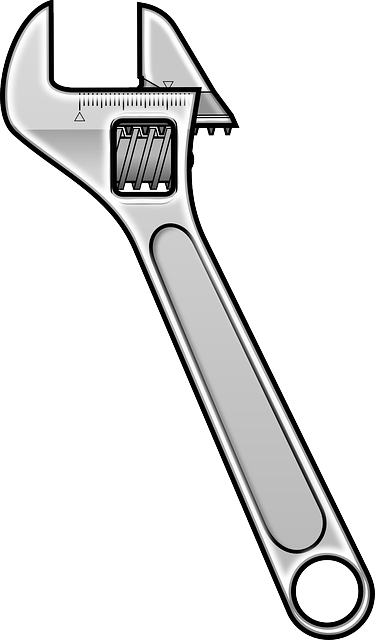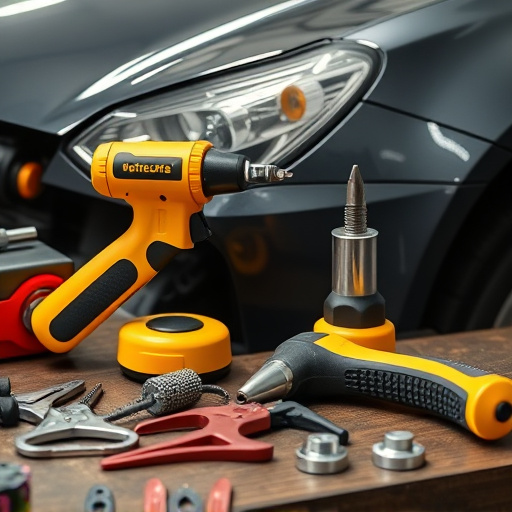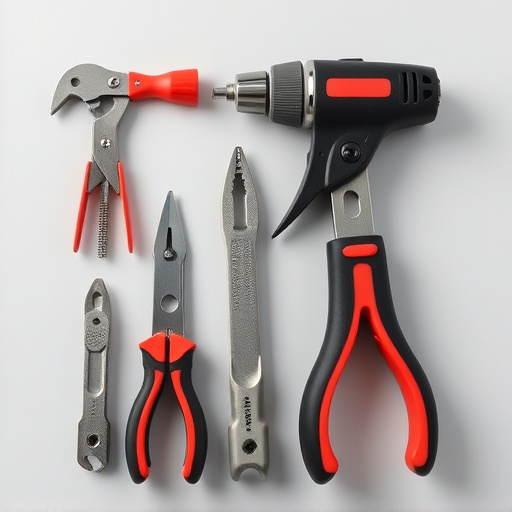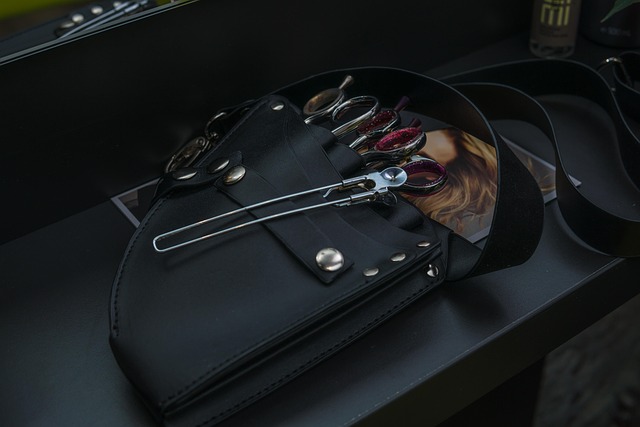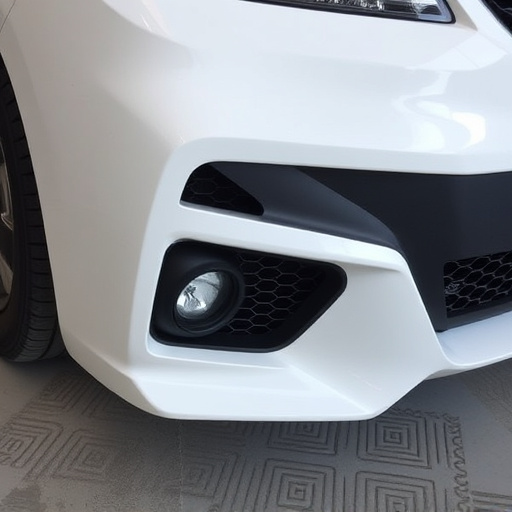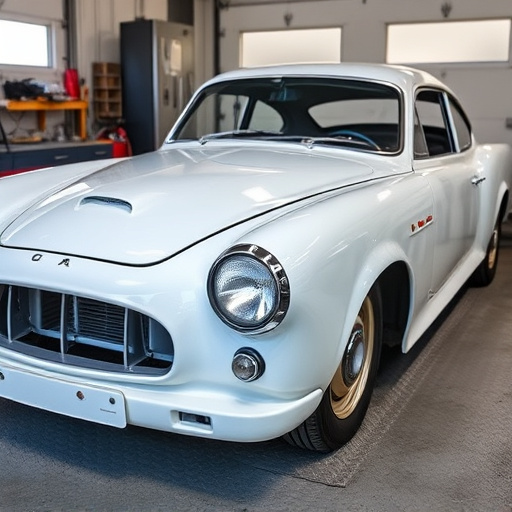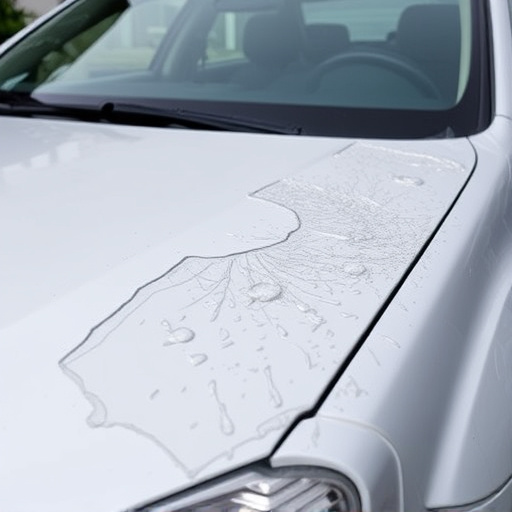Mastering base coat application is key in auto body repairs, using techniques like airbrush for precise blends and spray guns for large areas. Choosing the right base coat ensures optimal coverage, adhesion, and durability, meeting industry standards. Factors to consider include composition, chemical resistance, UV and weathering resistance. Proper surface preparation, tailored primers, and high-quality products ensure seamless finishes, fade resistance, and longevity in collision repairs and restorations.
In the collision repair industry, achieving a seamless finish starts with a strong foundation—the base coat. This article delves into the art of base coat application, guiding professionals and enthusiasts alike. We explore effective techniques to ensure optimal protection for various vehicle surfaces. Additionally, we uncover best practices from the collision industry, including choosing the right base coat, preparation methods, and finishing tips, enabling you to achieve professional-grade results in your own garage or shop.
- Understanding Base Coat Application Techniques
- Choosing the Right Base Coat for Optimal Protection
- Collision Industry Best Practices for Seamless Finishing
Understanding Base Coat Application Techniques
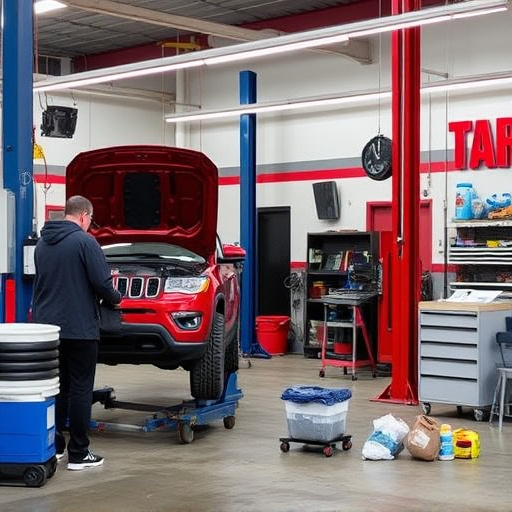
In the realm of auto body repairs and car restoration, mastering base coat application is a cornerstone for achieving flawless results. The base coat serves as the initial layer in the collision industry’s painting process, acting as a protective barrier between the vehicle’s surface and the final topcoat. Understanding various application techniques is key to ensuring optimal coverage, adhesion, and durability. Professional auto repair shops employ different methods depending on the project’s scope and the car restoration’s desired outcome.
For smaller, more precise areas, airbrush techniques offer exceptional control, allowing for a uniform base coat distribution. This method is especially favored in delicate body shop services where achieving seamless blends with surrounding unpainted surfaces is paramount. Conversely, for larger surfaces, spray guns provide efficient coverage, making them ideal for rapid base coating during collision repairs. By selecting the right application technique and adhering to best practices, body shop services can guarantee a high-quality finish that meets industry standards.
Choosing the Right Base Coat for Optimal Protection
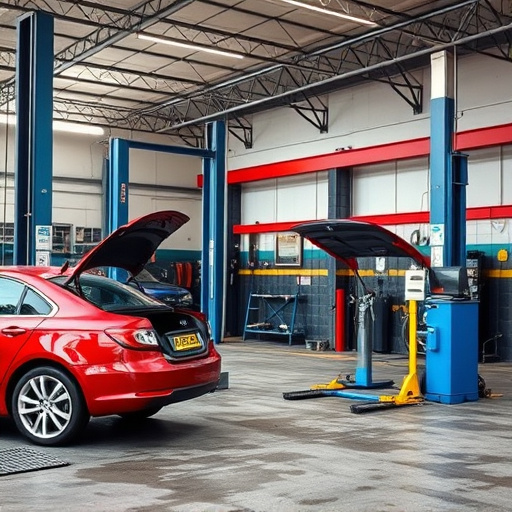
Selecting the ideal base coat is a critical step in ensuring optimal protection for vehicles undergoing collision damage repair or car body shop restorations. The right base coat acts as a protective barrier, preparing the car’s surface for subsequent coatings. It provides a seamless bond with the underlying paint and primer, creating a durable finish that can withstand various environmental factors.
When choosing a base coat, consider factors such as its composition, adhesion properties, and resistance to chemicals, UV rays, and weathering. For cars exposed to harsh conditions or those requiring meticulous restoration work, a high-quality base coat with advanced protective features is essential. This investment ensures longevity, preserving the car’s paint job and maintaining its aesthetic appeal even after various car collision repair processes.
Collision Industry Best Practices for Seamless Finishing
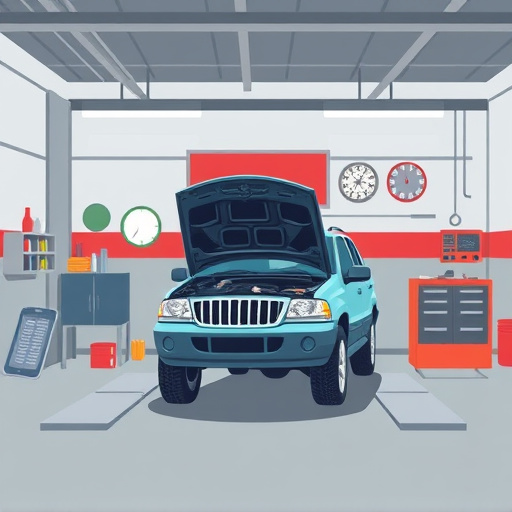
In the collision industry, achieving a seamless finish requires adherence to best practices for base coat application. One key step is ensuring proper surface preparation before applying any base coats or paint. This involves thoroughly cleaning and sanding the damaged area, removing all debris and contaminants, and creating a smooth surface for optimal adhesion. Using appropriate primers and undercoats tailored to the specific auto body material further enhances bonding strength.
Additionally, professionals in automotive collision repair recommend using high-quality base coat products designed for durability and fade resistance. Precise application techniques, including even spraying and minimal overspray, contribute to a consistent finish. Regular training and staying updated with industry standards are vital for car repair services to maintain excellence in base coat application, ultimately delivering top-notch finishes that meet customer expectations.
Mastering base coat application is a key step in achieving superior collision industry finishes. By understanding various application techniques, selecting the ideal base coat for maximum protection, and adhering to best practices, professionals can ensure seamless, high-quality outcomes. These strategies form a robust foundation for successful collision repair work, enhancing both durability and aesthetic appeal.
